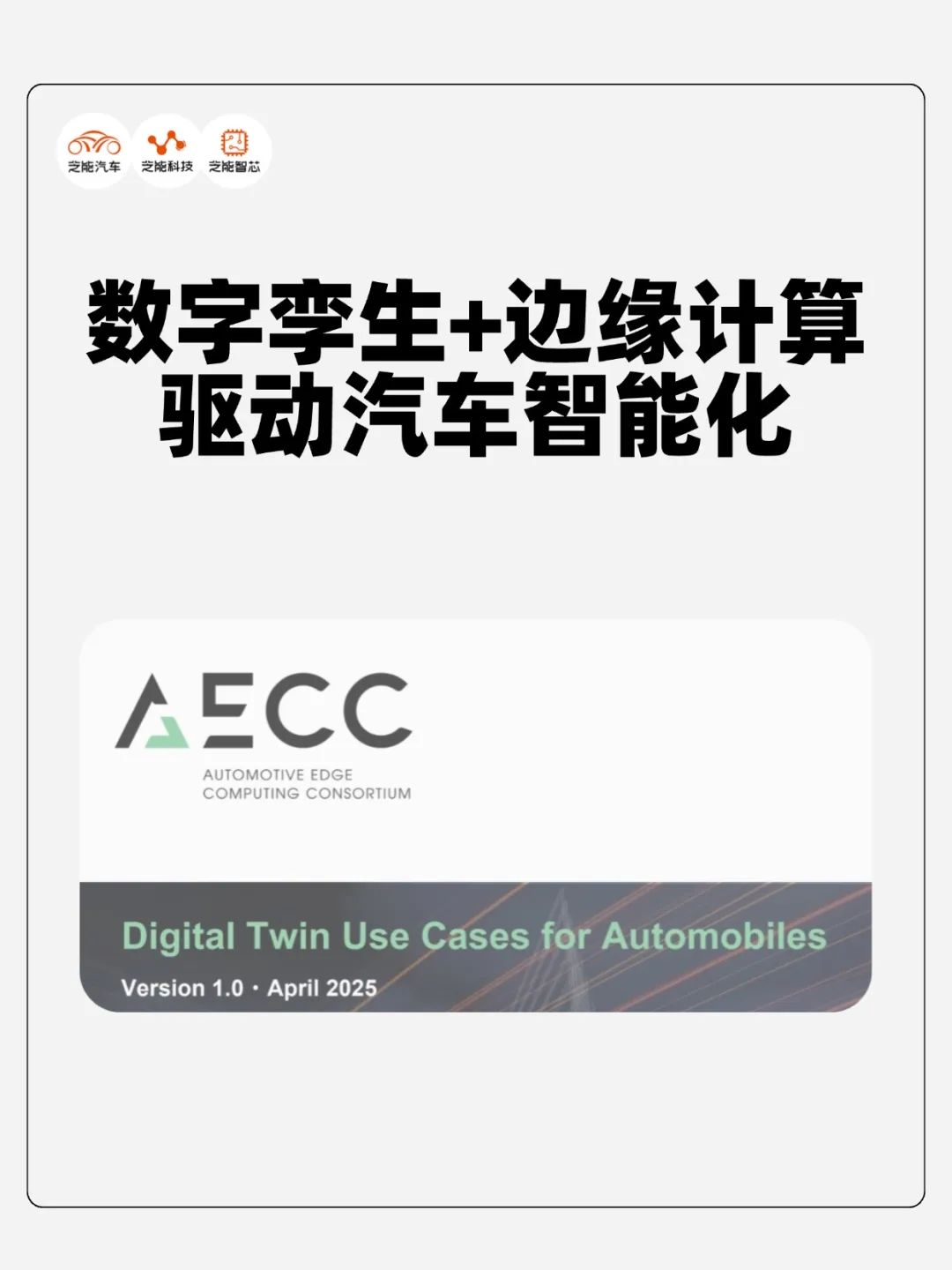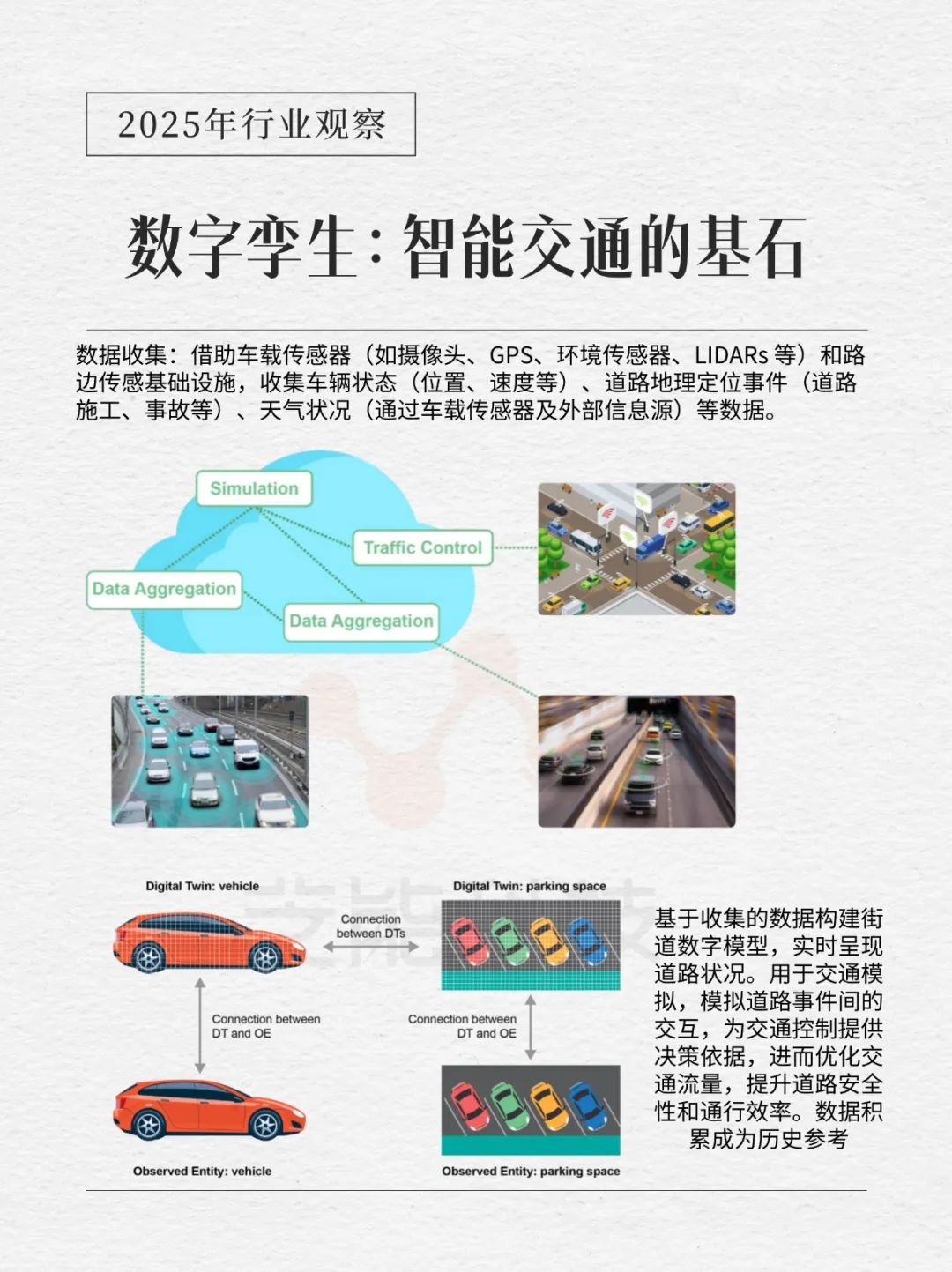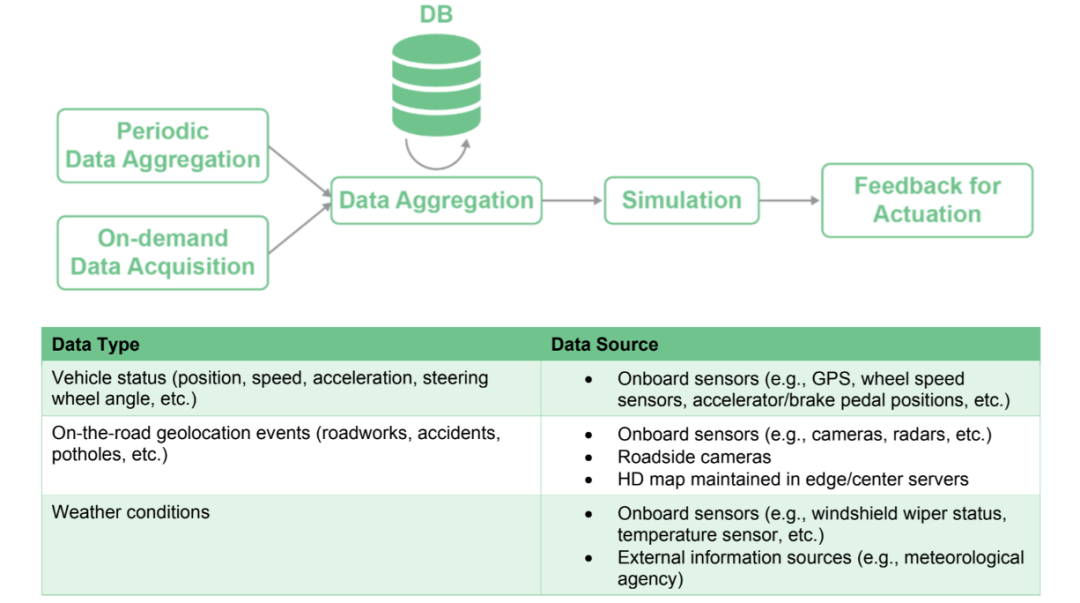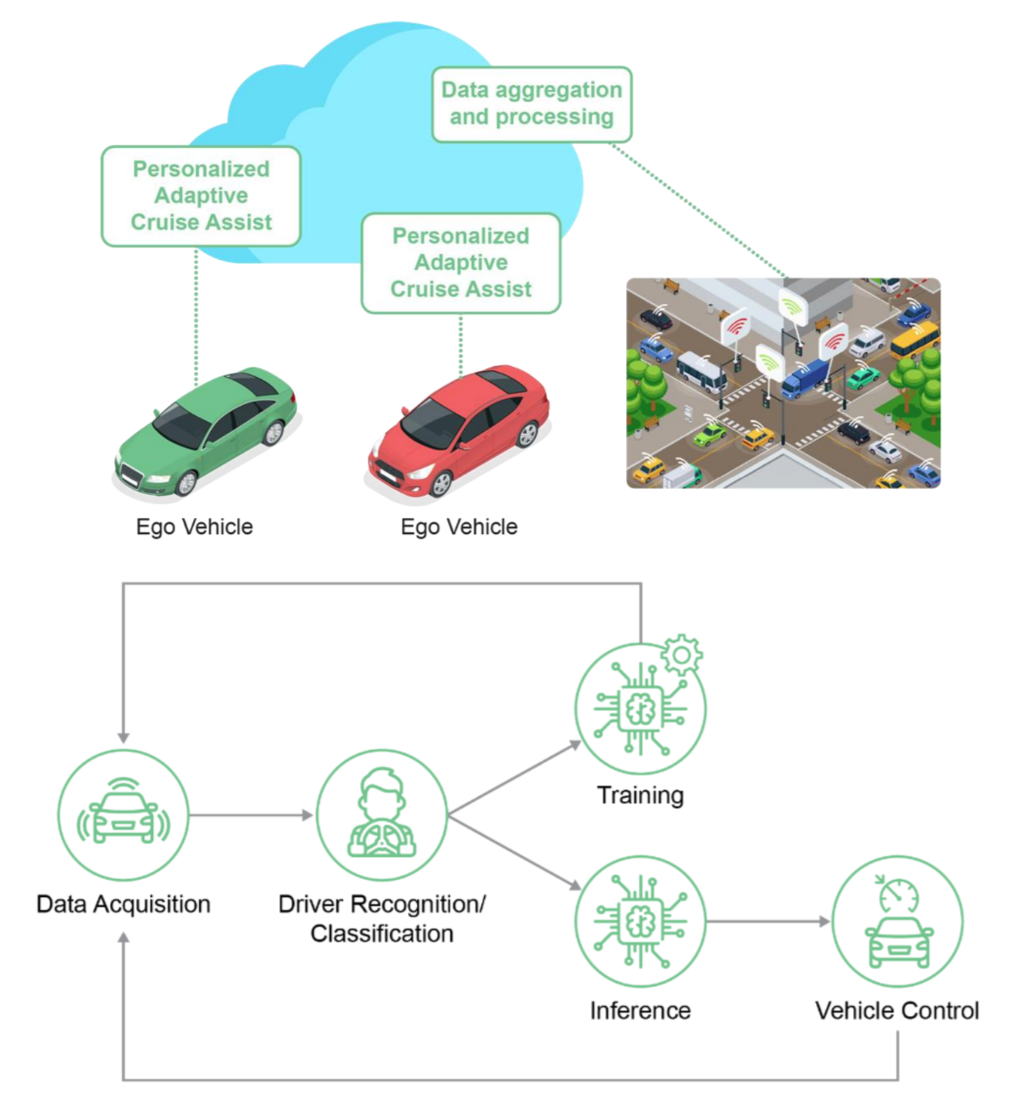Automotive Digital Twin: Revolutionizing Intelligent Driving Applications with Edge Computing
![]() 05/06 2025
05/06 2025
![]() 544
544
Produced by Zhineng Technology
With the rapid advancement of intelligent transportation, automotive digital twin technology, bolstered by edge computing, stands as the cornerstone of future mobility transformations. The white paper, "Use Cases of Automotive Digital Twin," delves into the technology's applications in optimizing road traffic, personalizing driving assistance, and facilitating vehicle resource sharing.
Drawing from the white paper's insights, we systematically explore the diverse application scenarios of automotive digital twins, the enabling mechanisms of edge computing, and the key technological challenges. We also envisage its future potential in the realm of intelligent transportation, offering a valuable reference for practitioners and technical researchers in the automotive industry to comprehend the application of digital technology, particularly digital twin technology.

01
Core Values and Application Scenarios of Automotive Digital Twin

An automotive digital twin is a high-fidelity digital replica of entities such as roads, vehicles, and drivers in the physical world. By integrating multi-source sensor data, it creates real-time, dynamic virtual models, enabling the simulation, prediction, and optimization of system behavior.
Under the umbrella of the Automotive Edge Computing Consortium (AECC), digital twins and edge computing are deeply integrated, leveraging low-latency, high-reliability edge processing capabilities to lay a solid foundation for intelligent transportation innovations.
Its core value lies in seamlessly bridging the physical and digital worlds, optimizing traffic efficiency, driving experience, and resource utilization through data-driven decision-making.
◎ Road Event Digital Twin: Enhancing Traffic Management Efficiency The Road Event Digital Twin gathers real-time data from in-vehicle sensors, roadside infrastructure, and external sources (e.g., weather, geographic information) to construct a dynamic digital street model. This model not only mirrors current traffic conditions but also anticipates traffic trends based on historical data. By simulating road event interactions (e.g., congestion, accidents), the system provides decision support to traffic control centers for optimizing traffic flow and enhancing safety. For instance, traffic equipment operators can adjust signal timings in real-time, while simulation operators utilize digital twins for scenario deduction, offering a scientific basis for urban traffic planning. This approach significantly elevates road traffic efficiency and safety.
◎ Driver Digital Twin: Personalizing Cruise Experience Traditional Adaptive Cruise Control (ACC) systems rely on fixed algorithms, struggling to adapt to individual driving preferences. The Driver Digital Twin creates a personalized digital model by analyzing historical driver behavior data (e.g., preferred following distance, driving habits). During actual driving, the system dynamically adjusts cruise speed by combining real-time sensor data and model predictions, ensuring a safe following distance aligned with the driver's habits. This application involves collaboration among vehicles, mobile service providers, and infrastructure, necessitating data sharing and model optimization under privacy protection to provide drivers with a more comfortable and safe personalized experience.
◎ Vehicle Digital Twin: Innovating Resource Sharing Mode With the proliferation of edge AI, the demand for vehicle computing resources has soared. The Vehicle Digital Twin constructs a digital model of the vehicle, monitors the availability of its computing resources (e.g., GPU) in real-time, and facilitates resource sharing through orchestration services. High-end vehicles can allocate their excess computing power to surrounding vehicles with lower computing power, while orchestration services handle resource aggregation, allocation, and service deployment. This model not only boosts resource utilization but also provides mobile service providers with low-cost, highly reliable computing support to meet user demands for real-time services (e.g., navigation, entertainment).

02
Technical Mechanisms and Challenges of Edge Computing in Enabling Digital Twin
Edge computing significantly reduces latency and enhances real-time performance by shifting data processing capabilities to edge nodes closer to data sources, providing an efficient processing architecture for digital twin applications.

● The general processing workflow encompasses the following five stages:
◎ Sensor Data Collection: Obtaining real-time, accurate, and diverse data through in-vehicle sensors and roadside equipment. ◎ Data Query: Supporting on-demand access to specific data to improve data utilization efficiency. ◎ Digital Twin Creation and Model Training: Constructing digital twin models based on multi-source data and optimizing them through machine learning. ◎ Digital Twin Computation: Utilizing models for real-time simulation, reasoning, and prediction. ◎ Data Distribution: Transmitting calculation results to actuators (e.g., vehicle control systems, traffic signals) to achieve optimized control of physical entities.

Deployment models vary across different application scenarios:
◎ For instance, in road traffic optimization, edge servers handle data aggregation and distribution, while central servers manage compute-intensive tasks (e.g., model training). ◎ Personalized cruise assistance employs distributed training with local reasoning and control by vehicles. ◎ Vehicle resource sharing utilizes vehicles as edge nodes, with central servers managing resource orchestration. This flexible deployment model effectively adapts to the diverse needs of digital twins.
Edge computing provides robust support for digital twins, which demand low-latency, high-reliability real-time data transmission. Especially in emergencies like natural disasters, the network must exhibit rapid self-healing capabilities.
However, the distributed architecture of edge computing complicates network management. Seamless connectivity and coordination among vehicles, gateways, and edge servers still require optimization, and the widespread adoption of high-bandwidth, low-latency networks such as 5G is crucial.
The heterogeneity of edge computers poses a significant challenge. The computing power and storage specifications of different vehicles and edge devices vary widely, especially in the context of vehicle resource sharing, where the architecture must be redesigned to enable efficient computing power sharing. To minimize end-to-end latency, technologies like In-Memory Computing have become indispensable.
Furthermore, integrating resources from multiple vehicles to meet high computing power demands imposes higher requirements on the scalability of storage systems.
The training and inference of AI models for digital twins demand immense computing power, and traditional task offloading models can no longer satisfy the dynamic needs of edge scenarios. Although new paradigms like federated learning show potential, they must be adapted to heterogeneous edge environments.
Additionally, resource orchestration must address the interoperability of digital twin models from different service providers to ensure efficient service deployment and reliable operation.
Summary: Empowered by edge computing, automotive digital twin technology brings transformative opportunities to intelligent transportation. The Road Event Digital Twin optimizes traffic management efficiency, the Driver Digital Twin enhances personalized driving experiences, and the Vehicle Digital Twin initiates a novel mode of resource sharing, improving traffic efficiency, safety, and user experience, while also unlocking new business models for the automotive industry.





